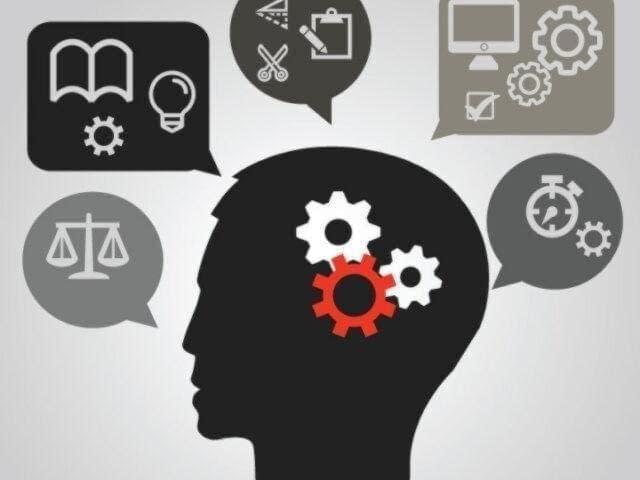What is a neuropsychological evaluation? The difference between psychological and neuropsyhological evaluations A standard psychological…

Obsessive-Compulsive Disorder
Hyperkinesis is a state of overactive restlessness. Most children have lots of energy, which is normal. However, those with hyperkinesis, their excessive overactivity interferes with their ability to function in a variety of settings such as listening to their teacher, completing homework, eating dinner at the table, and sleeping – just to name a few. In severe cases, children have been suspended from school.
Children who are hyperkinetic feel the need to be in constant motion. They very often fidget while remaining seated and have difficulty remaining still or being quiet. If forced to remain still, these children often become very uncomfortable. Their bodies are always “on the go” and they act as if they are “driven by a motor.” Jumping, running about, pacing, wiggling, laughing, grabbing objects without permission, interrupting others, etc., are common symptoms. Very often, these children are easily bored. If not provided with regular structured and stimulating activities, some children can engage in destructive (e.g., taking things apart, destroying household objects), disruptive (e.g., arguing, talking out of turn), and/or aggressive (e.g., pushing or hitting siblings) behaviors. Hyperkinesis is usually associated with attention-deficit, anxiety, and restless leg syndrome. Many of these children have a high pain-tolerance and other sensory processing challenges.
Treatment often involves a combination of behavioral intervention and medication. Occupational therapy treating sensory-motor dysregulation can be quite effective as well. In general, these children tend to respond best to a highly structured environment with rules and expectations made clear. Frequent opportunities to earn rewards for positive behaviors work nicely to assist with motivation and encourage positive and calm behaviors.


